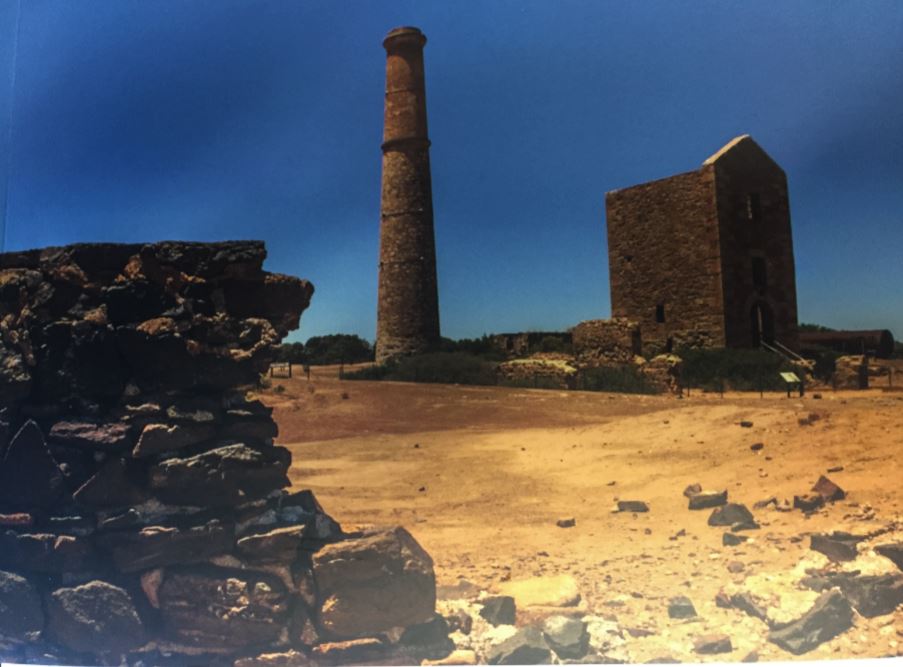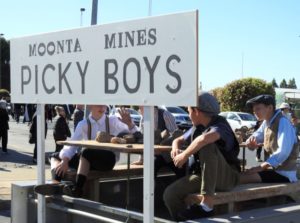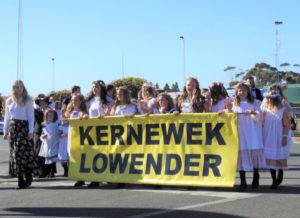
Settlement and development of South Australia’s ‘Copper Triangle’ by Cornish miners not only helped put the colony on the road to prosperity but remains a showcase of early industrial and mining history in the Southern Hemisphere, says leading historian Professor Philip Payton.

From the 1840s – a decade before Victoria’s colonial gold rush – Cornish migrants from south-western Britain discovered then opened up several mines in regional SA, using ‘cutting edge’ technology, including high-pressure steam engineering and other techniques in Australia for the first time.
“Restoration of these mines and surrounding landscapes is important and a great way to preserve this heritage, and paves the way for them to be granted UNESCO World Heritage status as it extends beyond Cornwall,” says Professor Payton, whose books help keep this chapter of Australian history alive.
Along with a new updated edition of the Pictorial History of Australia’s Little Cornwall, Professor Payton’s other titles include Making Moonta: The Invention of ‘Australia’s Little Cornwall’ (2007), and Regional Australia and the Great War: ‘The Boys from Old Kio’ (2012), both of which are about the history of northern Yorke Peninsula.

The National Heritage listed Moonta mine this year received $5 million in Federal Government funding for further restoration, building on the rich Cornish history of the Yorke Peninsula where more than 24,000 miners built their own antipodean ‘Little Cornwall’.
“These sites, including at Wallaroo, Kadina, Kapunda, Burra and elsewhere, are quite unique memorials to the early European settlement of Australia, and we’re lucky that much of this is still apparent to see and enjoy,” Professor Payton says.
The application for World Heritage listing is flagged in the introduction of the updated pictorial history of Little Cornwall.
The reprint of the 1978 book, entitled Pictorial History of Australia’s Little Cornwall (Wakefield Press $29.99 rrp), features digitally enhanced historic photos and an updated foreword from Professor Payton, an eminent scholar of Cornish history and heritage sites around the world.
The Cornwall and West Devon Mining Landscape World Heritage Site is the largest industrial World Heritage Site in the UK.
Select mining landscapes across Cornwall and West Devon were inscribed as a UNESCO World Heritage Site in July 2006, placing Cornish mining heritage on a par with international treasures like Machu Picchu, the Taj Mahal and the Great Wall of China. The largest industrial World Heritage Site in the UK, it is spread over 20,000 hectares across Cornwall and West Devon, with led to the expansion of copper mining around the world, including Australia.
The Moonta Mines precinct was Nationally Heritage listed in May 2017.
Philip Payton is Professor of History at Flinders University in Adelaide, and Emeritus Professor of Cornish and Australian Studies at the University of Exeter in the UK, where he was Director of the Institute of Cornish Studies from 1991 to 2013. He is the author/editor of more than 50 books.

